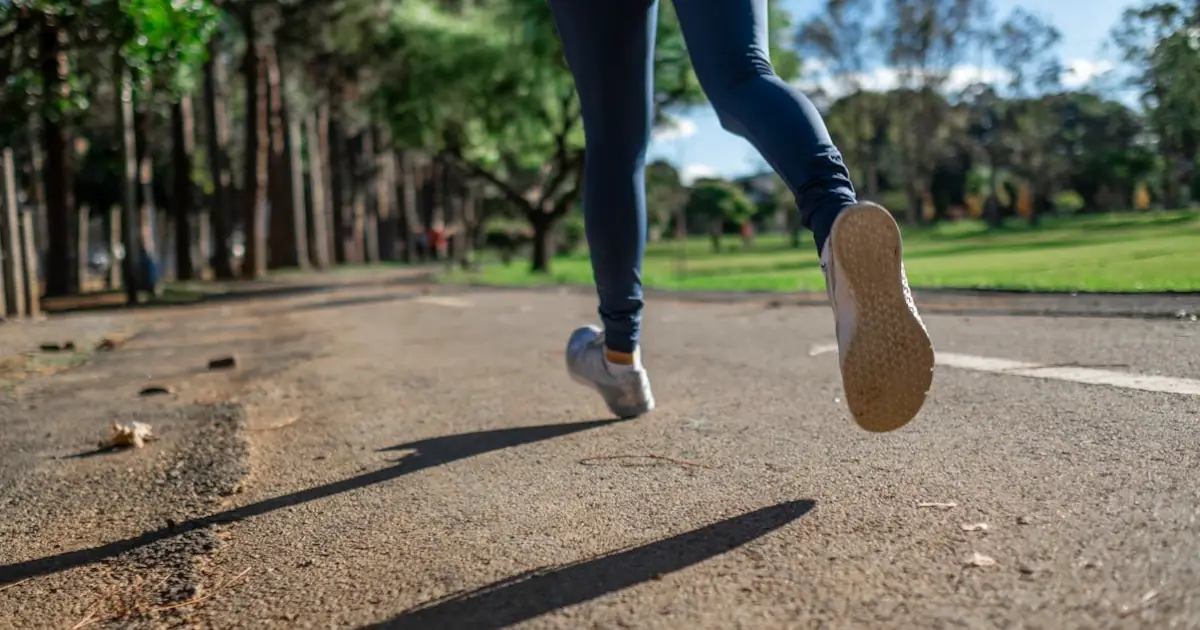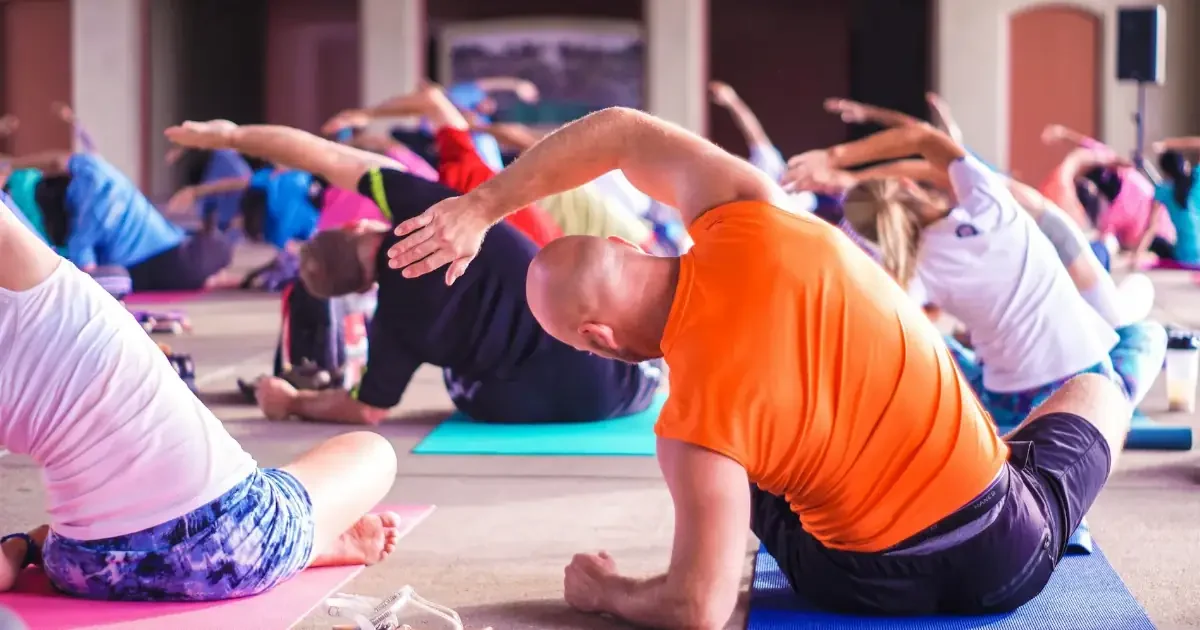How to breath properly so you can enjoy your runs!
SICH DER POSITIVEN SEITE ZUWENDEN
Nearly all runners encounter various physical sensations, especially when starting out. The dreaded side stitch, sore muscles, breathlessness, and occasional muscle cramps are common experiences.
Fortunately, many of these issues tend to diminish as one's body adapts to running and overall fitness improves.
Both novice and seasoned runners often grapple with feeling breathless during runs or experiencing a sensation of running out of breath.
So, what's the best way to breathe while running to alleviate this feeling?
Experts such as coaches and physiologists typically advise breathing through both the nose and mouth during high-intensity runs to optimize oxygen intake.
Conversely, they recommend primarily nose breathing during easy runs or when running at a low intensity.
Why Is It Hard To Breathe While Running?
Running poses a significant physical challenge due to its high-intensity nature and its engagement of multiple muscle groups throughout the body.
Consequently, both your muscles and heart demand ample oxygen to sustain your exertion.
To meet these oxygen requirements, your lungs play a crucial role in extracting oxygen from the environment. This entails increasing both the rate and depth of your breathing compared to resting conditions.
As you commence running and your respiration rate and tidal volume escalate, you may experience sensations akin to huffing, puffing, or gasping for air.
Breathing is commonly perceived as a passive function, largely governed by the autonomic nervous system, which operates involuntarily.
While we can consciously adjust our breathing pace and depth, our body instinctively regulates these respiratory parameters based on our activity level and oxygen demand.
However, the fact that breathing adjustments occur automatically doesn’t diminish the effort required from our respiratory muscles when breathing harder or faster.

How To Breathe While Running?
Many runners grapple with questions about their breathing technique while running: “How should I breathe?” “What’s the optimal breathing method?” “Nose or mouth?”
Various perspectives exist on this matter.
Initially, breathing through your nose offers advantages such as filtering, humidifying, and warming the air before it reaches your lungs. This can enhance comfort and benefit your body, especially in environments with cold, dry, or polluted air.
However, solely relying on nasal breathing may not suffice for sprinting or intense workouts due to the limited airflow capacity of the nasal passages compared to the mouth.
Most running coaches and exercise experts advocate for a combination of nose and mouth breathing during high-intensity runs. This approach aims to maximize oxygen intake efficiently. Thus, simultaneous breathing through your nose and mouth during the BREATH-IN phase, adds a significant amount of oxygen to your lungs, compared to breathing just through your nose or mouth.
Conversely, during recovery runs or low-intensity sessions, stretching, and active breathing exercises, it’s recommended to prioritize nose breathing when feasible.
Let’s get into our top tips on how to breathe while running!
#1: Practice Belly Breathing
More important than whether you are breathing through your nose, mouth, or both is the depth and rate at which you breathe while running.
Deep, slow breaths that expand your entire abdomen rather than just expanding your chest will help you inhale more oxygen more efficiently than relying on shallow chest breathing.
You can practice diaphragmatic breathing or belly breathing before you run by lying on your back and trying to take deep and slow breaths, expanding your whole tummy rather than just observing your chest rise.
As you get stronger and more adept, gradually increase the length of your exhales so that they exceed, if not double, the length of your inhales in terms of the number of seconds.
Furthermore, adding that extra 1s to holding your breath after the inhale phase will additionally improve the Oxygen – Carbodioxid exchange, and eventually improve your body oxygenation.
#2: Check Your Form
To maximize the ease with which you can breathe during running, you want to ensure that you are running with good posture and proper running form.
Do not hunch forward or slouch, as this can compress the lungs and diaphragm, making it more difficult to get a nice, full, expansive breath as you run. Keep your shoulders back and relaxed, chest up and proud, and core engaged.
#3: Use Rhythmic Breathing
Rhythmic breathing is crucial for maintaining even breathing mechanics during running, preventing hyperventilation, and reducing stress on the body.
A recommended approach is the 3:2 breathing pattern: inhaling for three foot strikes and exhaling for two.
This pattern helps balance impact stresses on the body, particularly the diaphragm, core, and pelvis, potentially reducing the risk of injuries and side stitches. Consistency in breathing rhythm, whether using a 3:2 pattern or another, promotes relaxed and natural breathing during runs.
#4: Strengthen Your Breathing Muscles
You can strengthen your lungs and breathing muscles much like other muscles in your body. Specialized respiratory training devices offer resistance for targeted breathing exercises, aiding muscle strength and efficiency.
Through consistent training, you can enhance tidal volume, lung capacity, and oxygen intake. This also improves CO2 tolerance, reducing the need for rapid breathing during exercise while ensuring oxygen needs are met and CO2 is efficiently removed.
These are probably things that aren’t often thought about but are very important, and experienced runners know this very well.
For that reason, we are here to share some little secrets of great champions, in order for you to enhance your running abilities and achieve better running results.
GET ACTIVE, HEALTH MATTERS!




